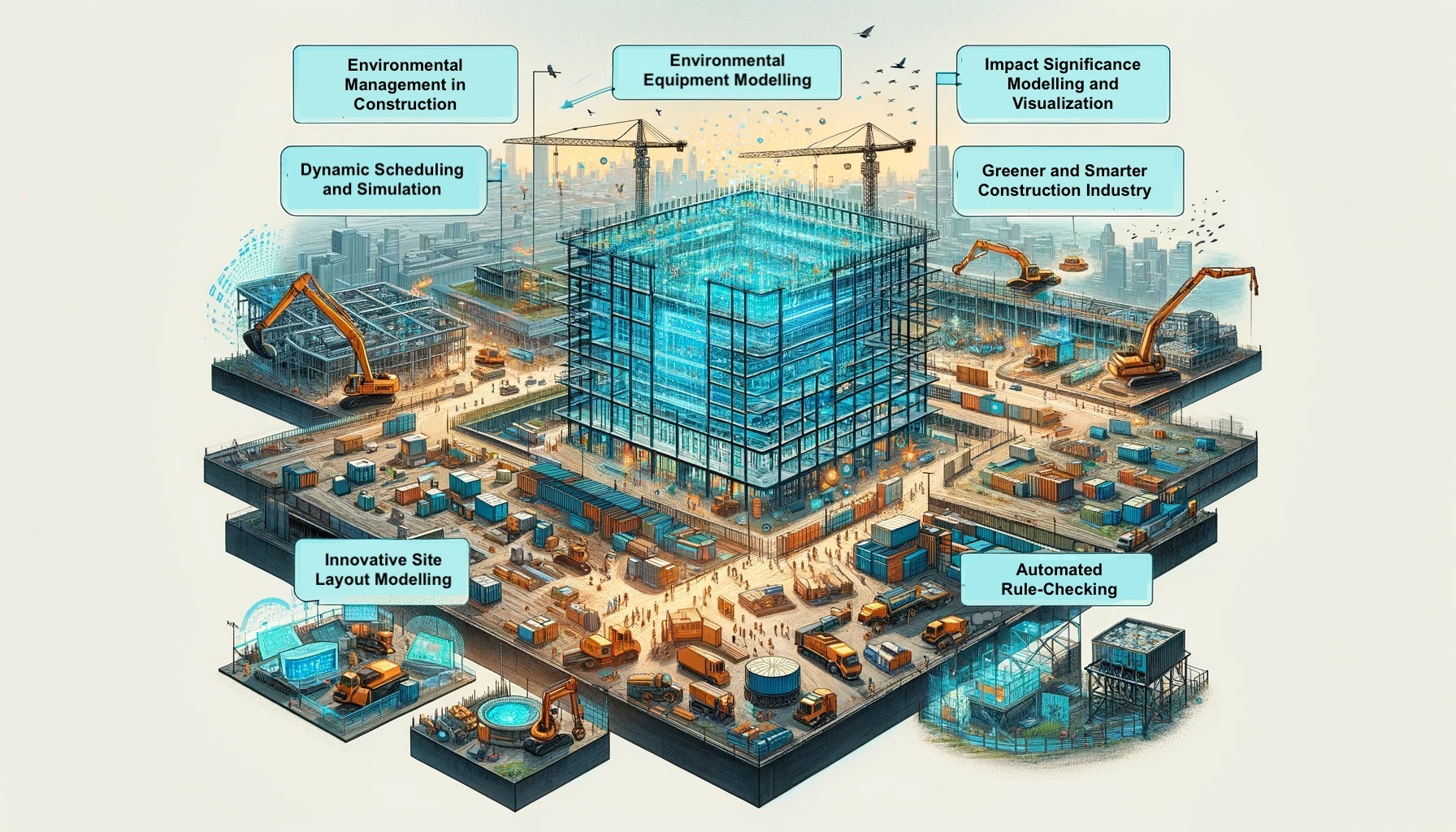March 8, 2024
Dawn of Construction Advances
The construction industry stands at the cusp of a transformative era, shaped by the emergence and integration of advanced technologies. Leading this revolution is the adoption of 4D Building Information Modelling (BIM), an innovative leap from traditional methods. This breakthrough integrates the dimension of time into 3D modeling, thereby enhancing the efficiency and effectiveness of construction planning and environmental management.
Rising Tide of 4D BIM
The growth of 4D BIM is not merely a trend but a significant shift in how construction projects are conceptualized, planned, and executed. This technology has proven instrumental in redefining project scheduling, production control, and on-site management, including crucial aspects like safety, workspace organization, and waste reduction. The core strength of 4D BIM lies in its ability to foster seamless communication and synchronize information flow across various stages of environmental planning and management.
Environmental Management in Construction
In an era where environmental sustainability is paramount, the construction sector faces growing pressure to minimize its ecological footprint. The traditional methodologies, often relying on 2D paper-based representations, have been inadequate in addressing the intricate and dynamic nature of environmental challenges in construction projects. 4D BIM steps into this gap, offering a robust platform for managing these complexities through improved visualization, scheduling, and monitoring capabilities.
A Tailored Framework
The application of 4D BIM in environmental planning necessitates a bespoke framework. This framework should encompass five fundamental functions:
- Dynamic Scheduling and Simulation: A core feature, allowing for real-time tracking and adjustment of construction activities against environmental management plans.
- Environmental Equipment Modelling: Crucial for visualizing and managing the temporary structures and tools needed for environmental mitigation.
- Innovative Site Layout Modelling: This function aids in analyzing site logistics and material handling in harmony with environmental strategies, enhancing on-site efficiency and impact monitoring.
- Impact Significance Modelling and Visualization: An advanced tool for assessing and displaying the severity of environmental impacts, providing a clear and actionable data set for project stakeholders.
- Automated Rule-Checking: A feature that heightens efficiency by automatically identifying environmental ‘hot-spots’ and facilitating proactive management.
Charting the Future of Construction Management
The integration of 4D BIM into construction processes signifies a monumental step toward more sustainable and environmentally friendly building practices. By embracing these advanced tools and methodologies, the construction industry can ensure that environmental considerations are an integral part of every project. This paradigm shift not only elevates the standards of environmental responsibility but also sets a new benchmark in construction project management.
Towards a Greener and Smarter Construction Industry
As we look deeper into this new age of construction management, the potential of 4D BIM in revolutionizing environmental planning and management is immense. By harnessing its capabilities, the construction industry can look forward to more efficient, sustainable, and environmentally conscious projects. This technological advancement is not just about adopting new tools; it’s about transforming the very ethos of construction towards a greener, smarter future.

